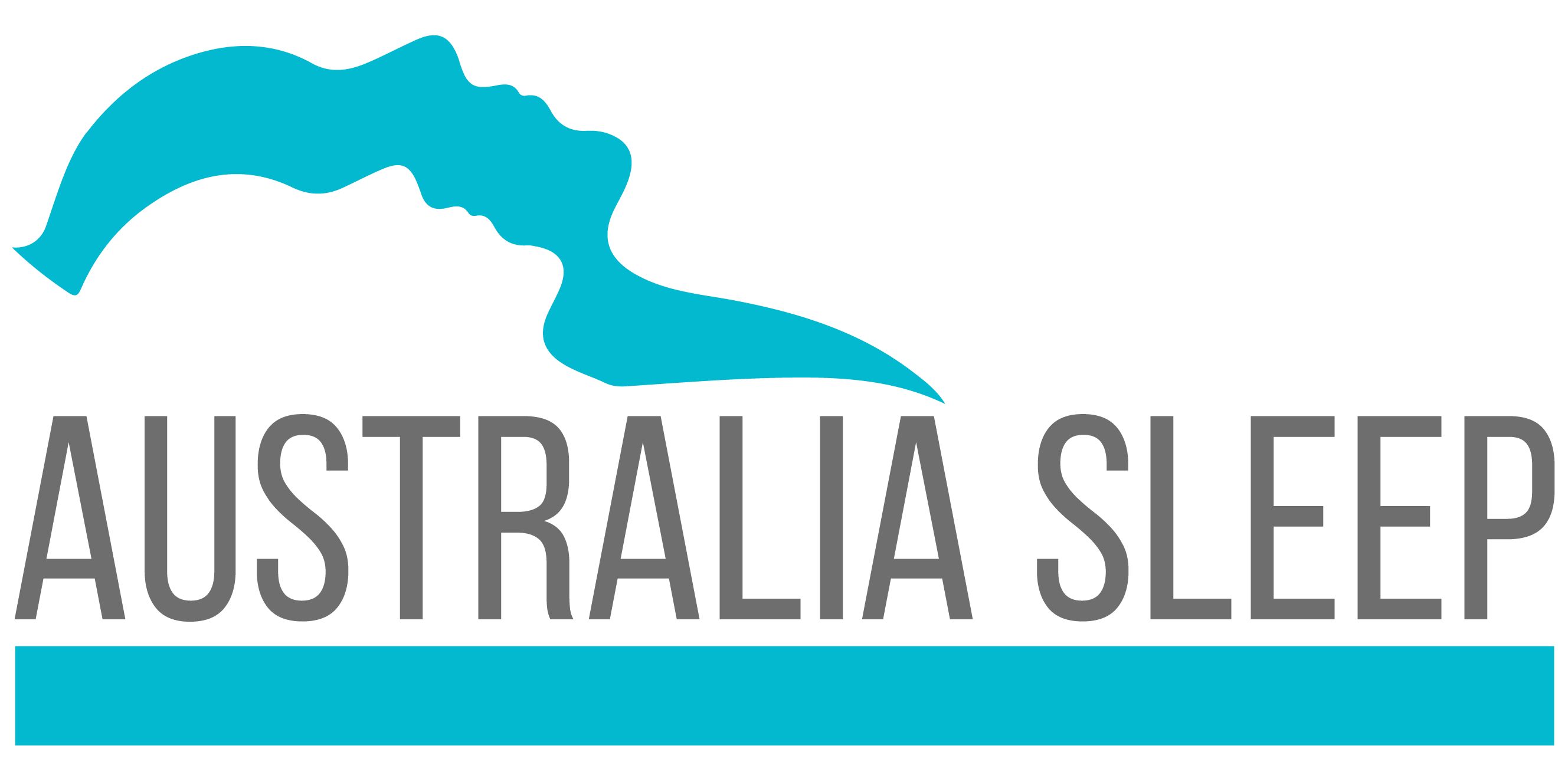Intermittent Breathing Pauses: In obstructive sleep apnea (OSA), the most common type, the upper airway becomes partially or completely blocked during sleep. This obstruction leads to pauses in breathing. In central sleep apnea (CSA), the brain fails to send signals to the muscles responsible for breathing, resulting in a lack of effort to breathe.
Disruption of Sleep Architecture: The breathing pauses in sleep apnea can disrupt the normal progression of sleep cycles, leading to fragmented sleep. The affected individual may experience frequent awakenings or transitions between sleep stages, preventing the attainment of restorative deep sleep.
Oxygen Desaturation: During apneas, oxygen levels in the blood can drop, a condition known as hypoxemia. This reduction in oxygen saturation can have negative effects on various organs and systems in the body, particularly the heart and brain.
Microarousals: The interruptions in breathing often trigger brief awakenings or microarousals. While these awakenings may be so brief that the person is not consciously aware of them, they contribute to sleep fragmentation and result in poor sleep quality.
Increased Stress on the Cardiovascular System: The repeated cycles of apneas, hypoxemia, and microarousals place stress on the cardiovascular system. This stress can contribute to the development or exacerbation of cardiovascular conditions, including hypertension (high blood pressure), atrial fibrillation, and an increased risk of stroke.
Daytime Sleepiness and Impaired Functioning: The disrupted sleep and poor sleep quality associated with sleep apnea can lead to excessive daytime sleepiness. Individuals with sleep apnea may experience difficulties with concentration, memory, and overall cognitive function, impacting their daily activities.
Impact on Mood and Mental Health: Sleep apnea has been linked to mood disturbances such as irritability, mood swings, and an increased risk of depression. The chronic sleep disruption can contribute to changes in emotional well-being.
Increased Risk of Health Conditions: Untreated sleep apnea is associated with an increased risk of various health conditions, including cardiovascular diseases, metabolic disorders (such as diabetes), and an increased likelihood of accidents and injuries due to daytime sleepiness.
It’s important to note that the severity of sleep apnea varies among individuals, and the impact on health can be influenced by factors such as the frequency and duration of apneas, overall health, and the presence of other medical conditions. Early diagnosis and appropriate treatment are crucial for managing sleep apnea and mitigating its potential consequences. If someone suspects they have sleep apnea, they should seek evaluation by a healthcare professional.



